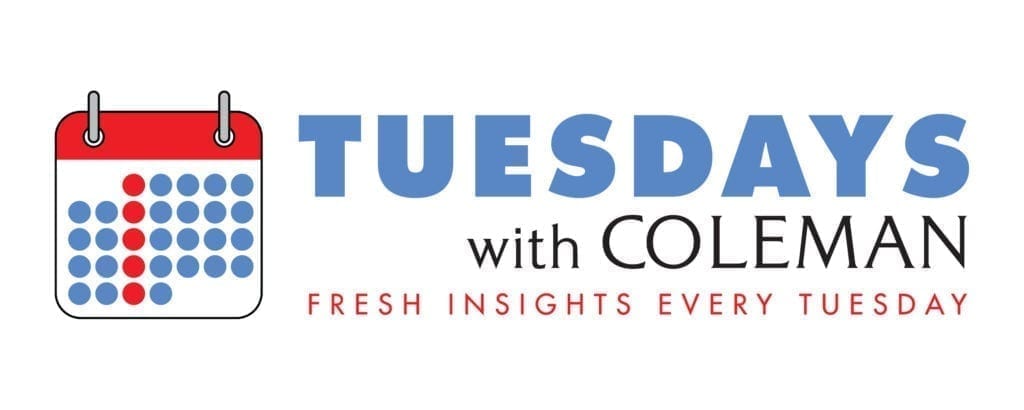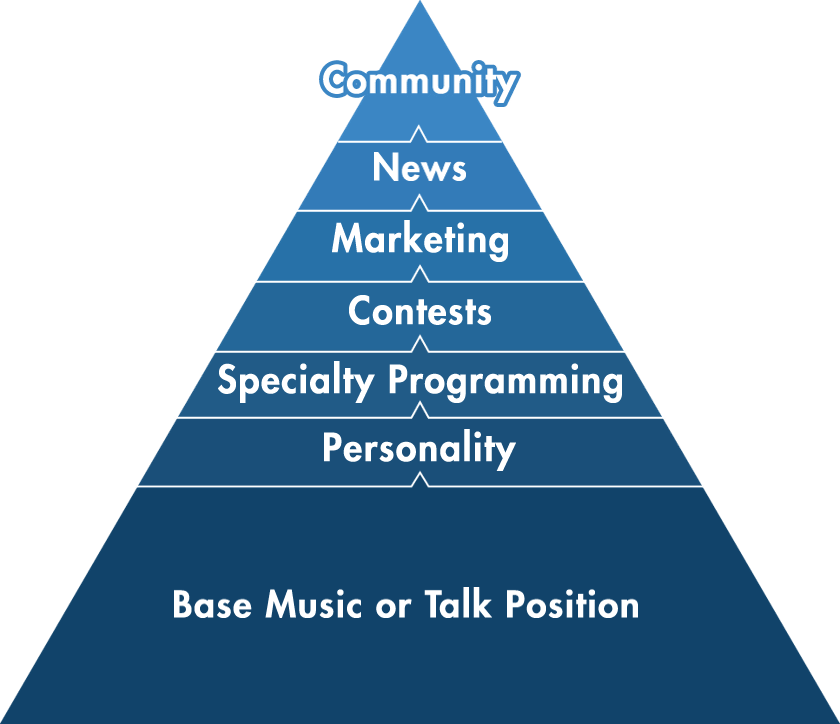
Back in March of this year, I wrote a blog post called Why Toys “R” Us is closing.
In it, I argued that while market forces and new competition played a role in its business decline, it was lack of brand depth that did in Toys “R” Us, a company that had complete domination of the image for “toy store.”
The last Toys “R” Us closed its doors on June 29.
I suggested in the post that Toys “R” Us had become a commodity. The store was simply a brick-and-mortar space for transactional exchanges.
The problem with that, aside from the fact that there was no real reason to buy toys there as opposed to Wal-Mart or Amazon, for example, was that Toys “R” Us forgot that the very experience of children and toys is a magical one. The retail toy buying experience, I said back in March, must be an experiential one.
It’s why those of us old enough to remember still sing the Toys “R” Us jingle.
It’s why we cried at the end of Toy Story 3.
It’s why Tom Hanks danced on the piano in FAO Schwarz in the movie Big, which was released 30 years ago this summer.
And speaking of FAO Schwarz…
Did you ever visit the flagship Manhattan store when you were a kid? I thought it was the greatest place on Earth. There were giant toy soldiers, flashing lights, larger than life teddy bears and ABC blocks and toys to play with everywhere you looked.
There was staff everywhere with smiles on their faces to help you find that magical toy to make a kid’s day, and consequently the parent’s day.
And yes, there was the piano you could dance on.
Toys “R” Us bought FAO Schwarz in 2009.
They closed all its locations, ending with the shuttering of the flagship New York store, in July 2015. Budget cuts, they said.
That year, the global toy market generated 85 billion dollars of revenue.
This past week, the new owners of FAO Schwarz announced that the iconic brand will reopen at Rockefeller Center in New York this November. As part of the product launch, according to the new owners, the store plans to hire “product demonstrators, magicians…and men and women playing various costumed roles, including toy soldiers.”
FAO Schwarz is holding auditions for people to dance on the piano. And get paid for it.
“We’re looking for people who can deliver that sense of theater,” said the chief executive of ThreeSixty Brands, the store’s new owner.
Sounds experiential. Sounds magical. Sounds like what a toy store should be.
This morning, the New York Times revealed that some old-school retailers are experiencing their strongest sales growth in years. That is, the ones that have experientially adapted.
Here’s the takeaway for radio stations regarding the Toys “R” Us closing and FAO Schwarz re-opening:
Radio, like toys, is, at its core, best when it is experiential.
Radio, like toys, is a form of theater.
Radio, like toys, can be magical.
Radio, like toys, is meant to be fun and memorable.
When toys are treated like a commodity, the business that treats it that way will suffer.
Same goes for radio.

